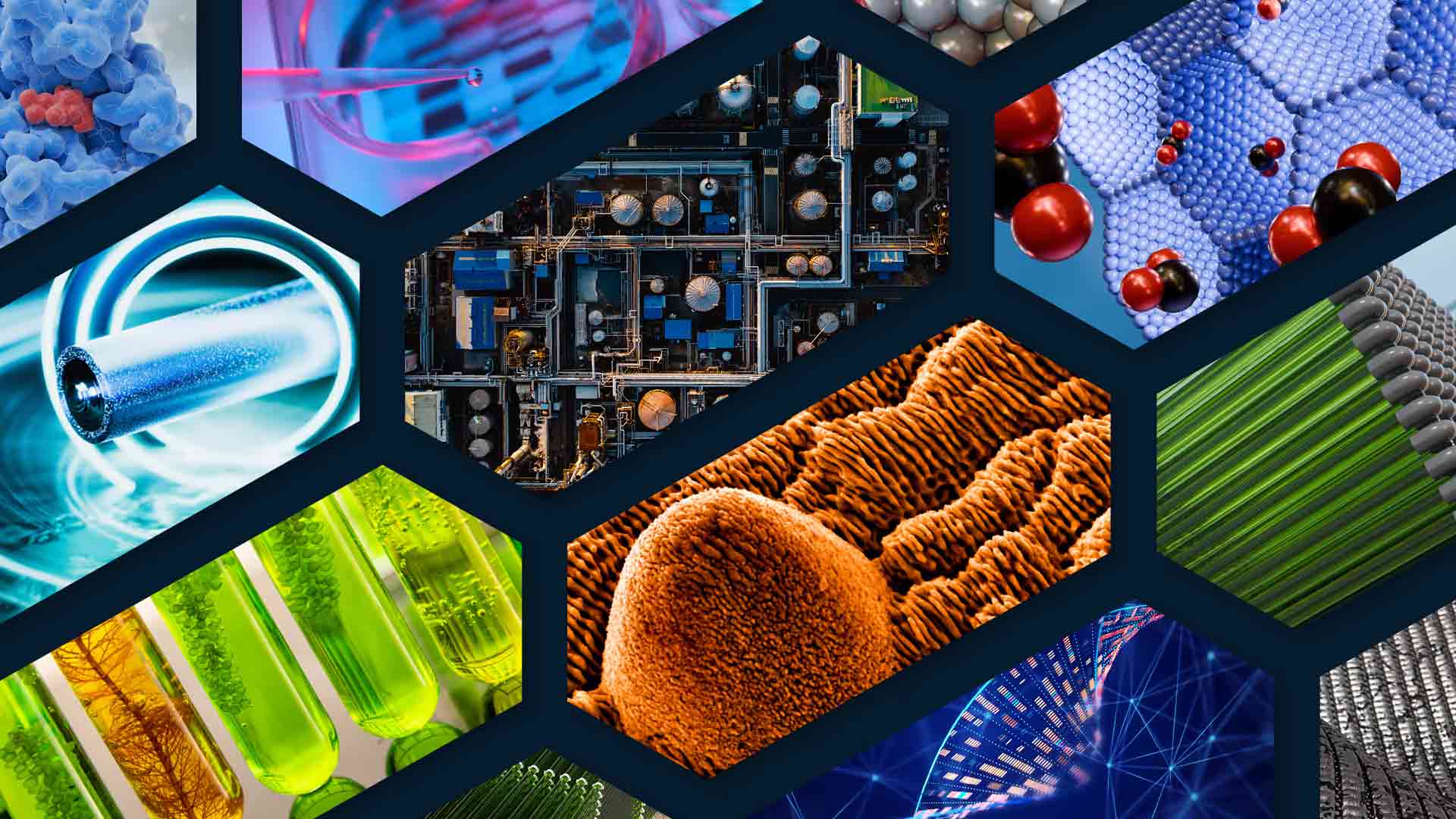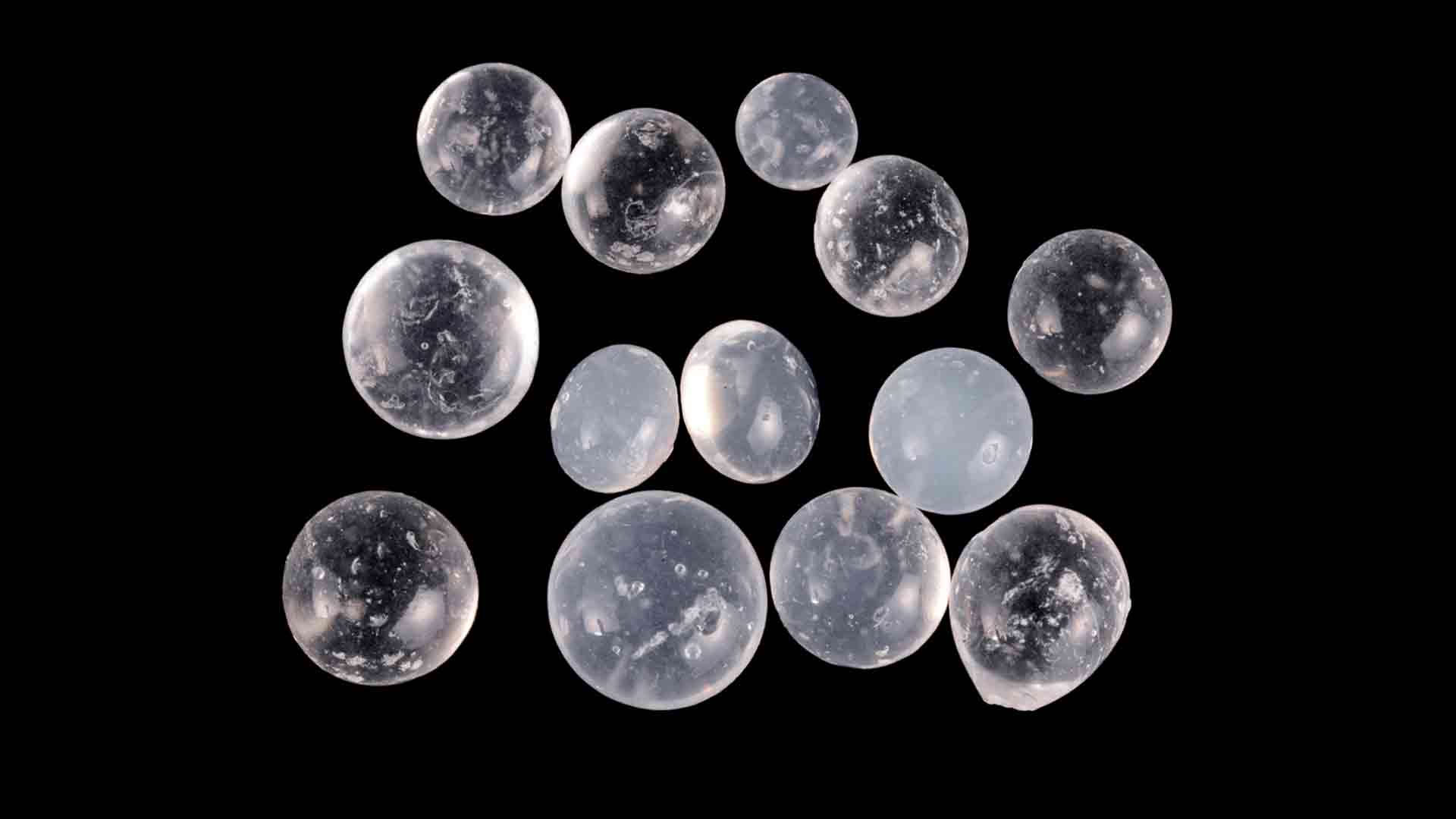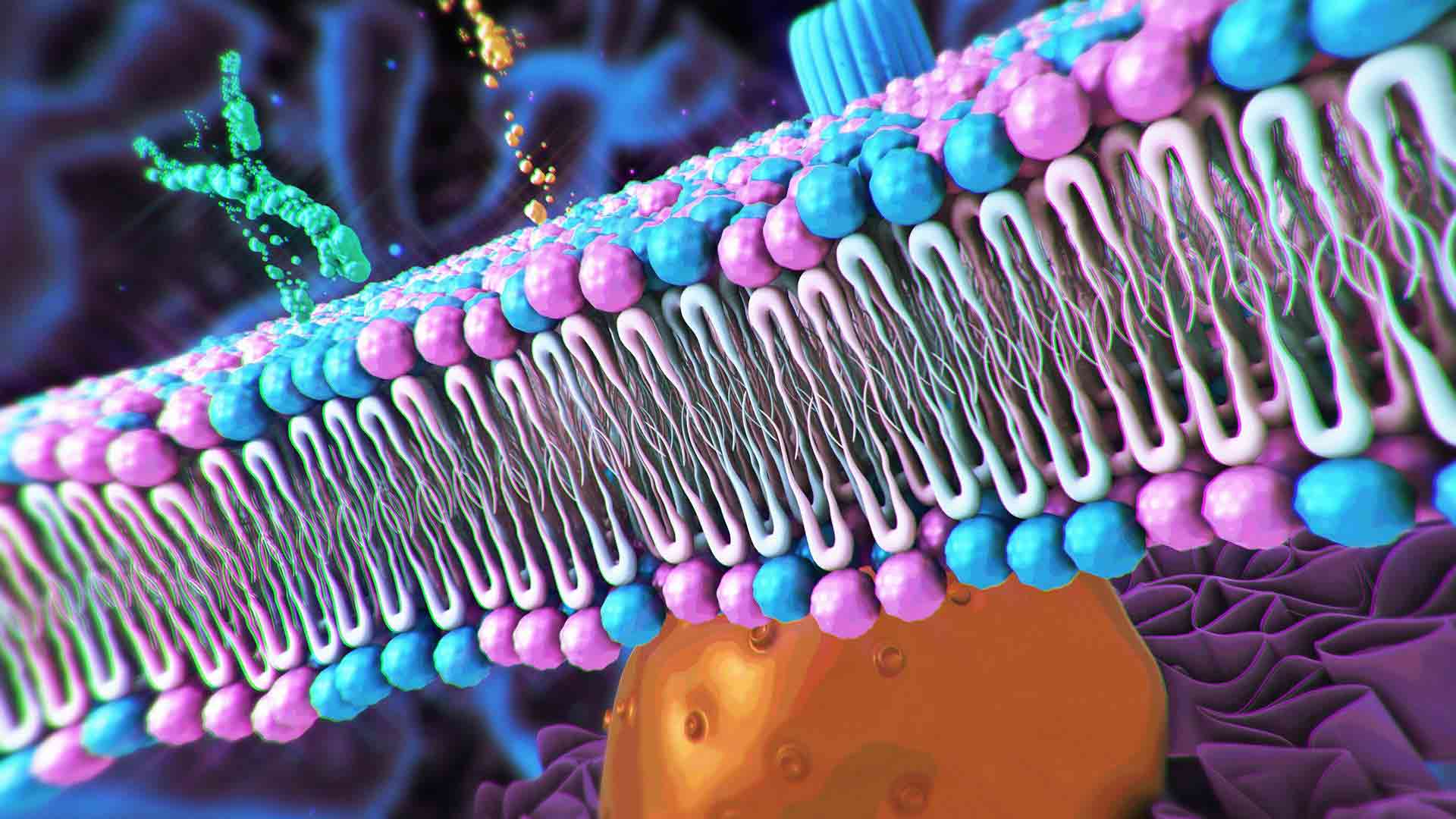
Biotechnology
Fungal infections: New challenges in treatment
New technologies and approaches can lead to breakthroughs in antifungal treatments
Read the reportRead the articleDownload the summarySee the infographicRead the publicationRead the recapWatch the video











.avif)




.avif)






